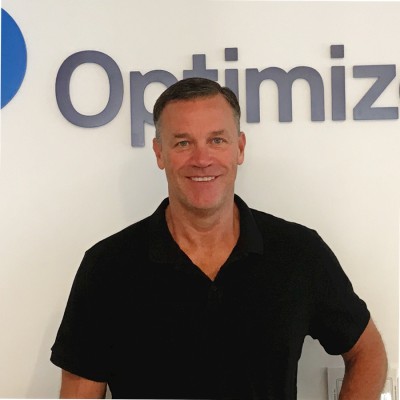Every CEO is looking for an edge.
I’ve been working in tech since the mid 90s, so you can say I’ve seen a few trends in how companies have evolved to stay competitive.
Every change in IT — whether we’re talking about the move away from company owned data centers to VMs, or the latest digital transformation we’re seeing today — has always been about gaining a strategic advantage.
Companies want to do more at a lower cost, and they want the freedom to pivot quickly without fixed costs.
The First Generation of AWS Cost Optimization: Cloud Cost Management
The early companies who built on AWS were the industry disruptors who took advantage of on-demand delivery to build innovative, lower cost solutions that undercut established companies that were burdened with fixed costs and legacy architecture. Fast to compete and fast to fail was the competitive advantage of these early adopters.
The promise of the cloud was that cost would be tightly coupled with savings and customer utilization. If the number of customers go up, spend goes up — if the number of customers go down, spend goes down. But the reality was, as many enterprises migrated, they struggled to identify that vision. Infrastructure costs were increasing as companies deployed on cloud providers; and the predictability needed to make strategic business decisions around budget, cost, and pricing became more difficult to discern.
As a result, companies turned to the next way they could get an edge over their competitors: cloud cost monitoring platforms and strategic purchases, like reserved instances. Cloud cost monitoring tools gave companies a way to make sense of their overall costs, start to cut waste, and track utilization of their RIs. The elimination of waste provided by the cost monitoring tools created the second wave of competitive advantage.
Today, these tools have been broadly adopted and most companies have this under control. Therefore again the early adopters of the cloud cost monitoring tools lost their advantage over their competition.
So, what’s the next thing to give you a competitive edge?
A New Era of Optimization
We’re entering the next era of optimization.
Next generation services, like containers and serverless, offer companies an even more granular level of on-demand infrastructure and enable you to take another giant step toward aligning cost to your customer utilization. At re:Invent this year, AWS announced that AWS Lambda could now be billed by the millisecond. That’s pretty granular.
The next strategic advantage for companies isn’t about negotiating your contract more effectively or trimming waste (although those are still good things to do). It’s about architecting your applications to be highly efficient — and building elastic infrastructure that you’re only paying for when your customers use your products.
Cloud cost management tools were not built for this.
They were built to report on your cost, while letting you know when you had obvious waste (e.g., you left servers on over the weekend). However, they are disconnected from the context engineering needs to actually make decisions about how they most efficiently architect (or re-architect) an application at the development and deployment level.
The Next Strategic Advantage: Cloud Cost Intelligence
This is where cloud cost intelligence comes in.
To take advantage of next generation on demand infrastructure, businesses need granular, actionable, and context rich intelligence about their spend.
This starts with putting spend into the context of your business.
If spend is going to be a strategic aspect of your business — decisions need to be made in the context of your go-to-market plan, product delivery, and pricing model. This starts by taking cost data and transforming it into cost intelligence to answer questions like:
- Which product features cost us the most? Does our pricing model align with those costs?
- What do each of our customers cost us to host on our platform? Are we prepared to increase the contracts for our low margin customers at renewal?
- How do different segments (e.g. enterprise versus small businesses) utilize our product features differently and what does that mean for our pricing models and profitability?
- What is our cost per different units of value, like cost per transaction or cost per video stream?
- How much are our free trials costing us? Are they worth doing for all types of customers?
With this kind of intel, executive teams can make important strategic decisions and tradeoffs to make the business more competitive and resilient.
The second part of cloud cost intelligence, is ensuring that the engineering team has the context they need to actually take action on those business decisions.
For example, if you’ve decided it’s important for your margins to reduce the cost of your free trial, the engineering team needs visibility into exactly what is driving those costs, so they can come up with a plan of action to fix it.
CloudZero Delivers Actionable Cloud Cost Intelligence To Your Teams
CloudZero transforms cost data into actionable insights to help everyone make more strategic, business relevant, cost-based decisions in real time — from your CEO down to an individual engineer.
If you’re looking to build well-architected, profitable software, check us out.








